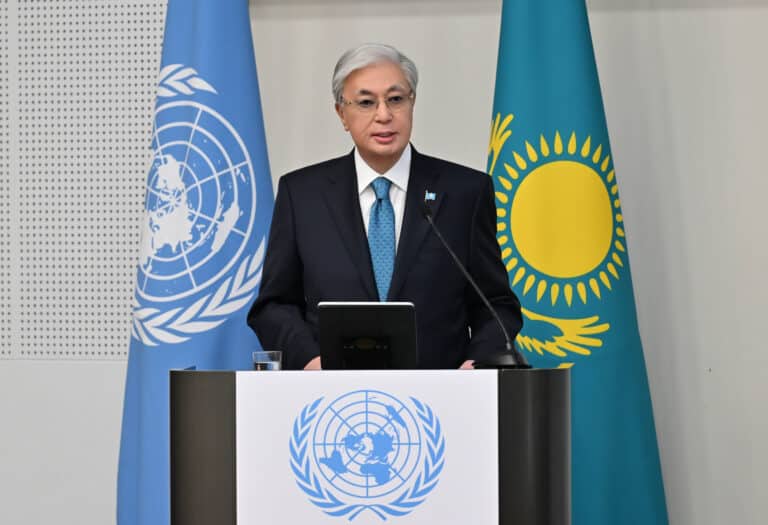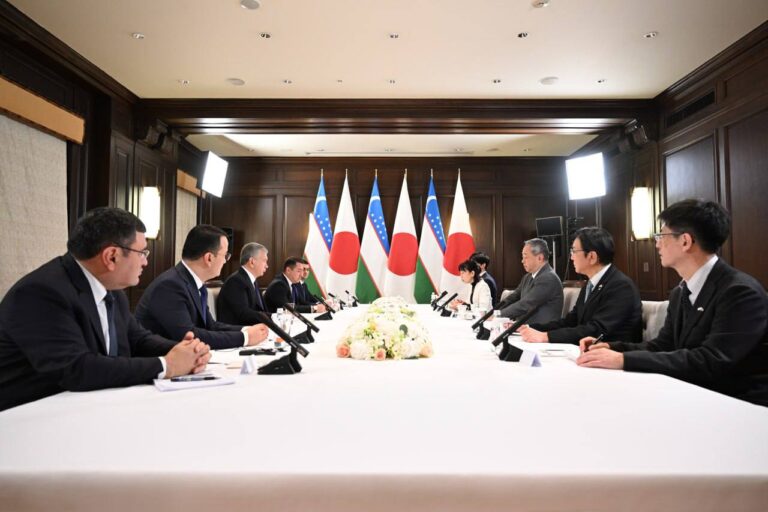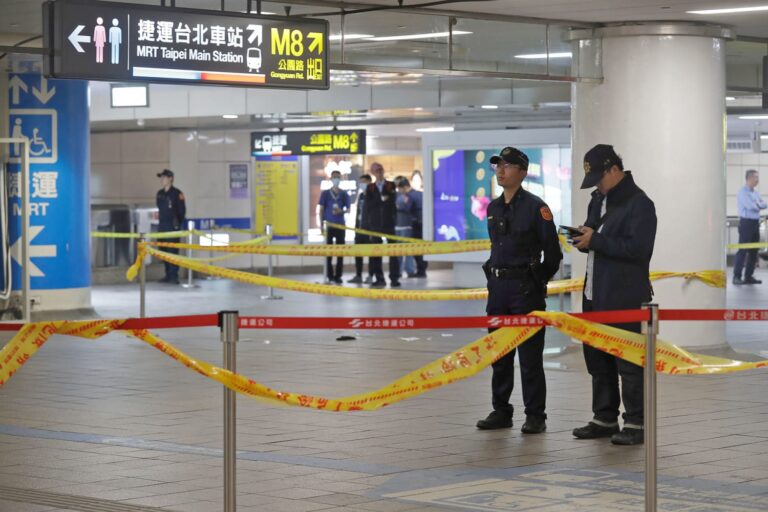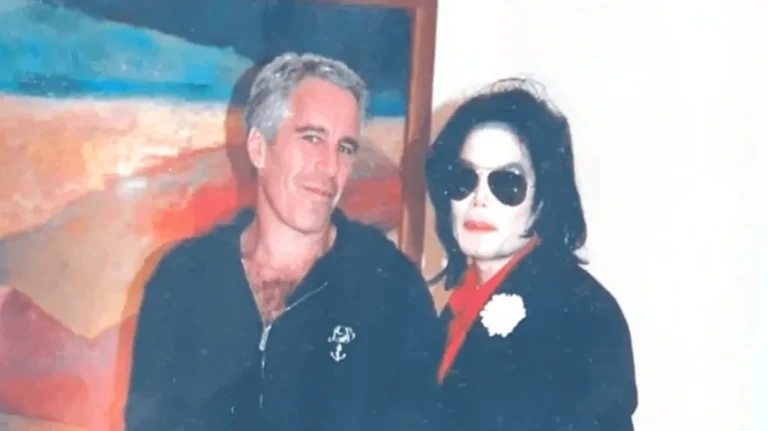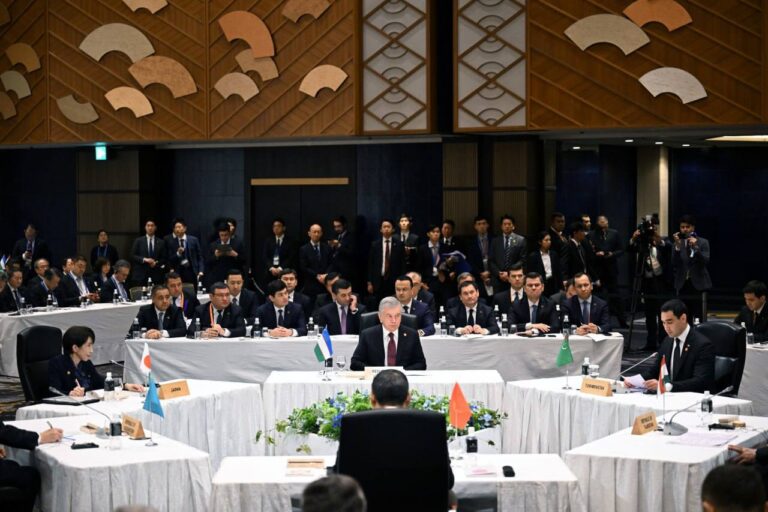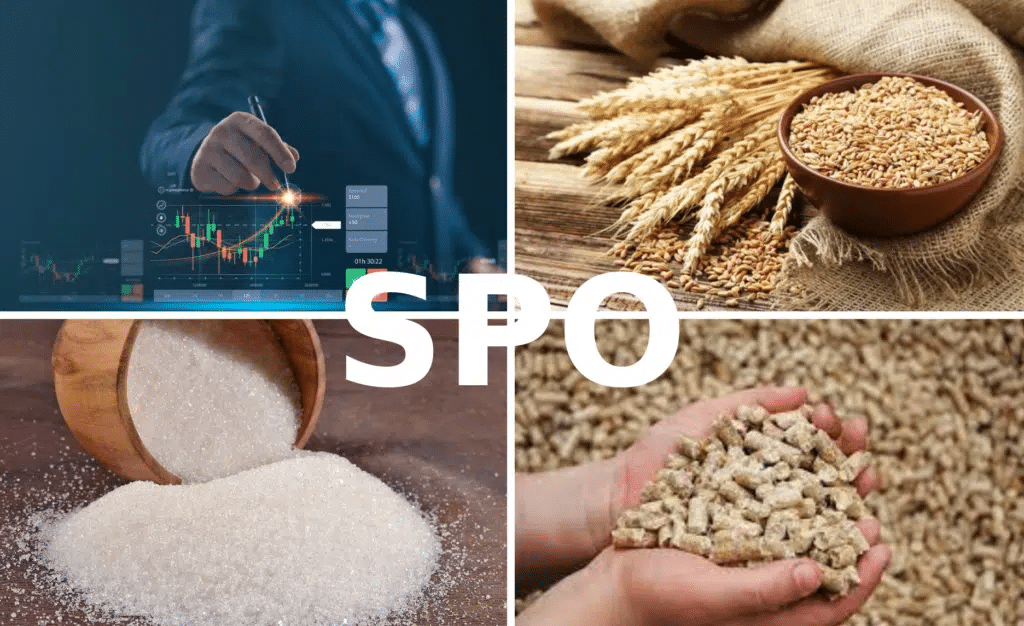
In the first week of November 2024, Uzbekistan witnessed its first secondary public offering (SPO) in five years. The government sold a 4.44% stake in the Uzbek Republican Commodity and Raw Materials Exchange (URTSB) for 42.9 billion soums at the Toshkent Republican Stock Exchange. This sale was part of a privatisation program known as the People’s IPO. Unlike traditional IPOs, this offering involved the sale of existing shares owned by the state rather than issuing new securities. Kursiv Uzbekistan spoke with experts to discuss the outcomes of the offering.
Four shares as a gift
One of the notable aspects of the recent Special Public Offering (SPO) was the significant interest from retail investors. According to the State Asset Management Agency, over 99% of all applications submitted were from individuals. A total of 11,300 applications were received, with the vast majority—11,234—coming from private citizens. Analyst Zahro Murtazayeva from Avesta Investment Group highlighted that the proportion of retail investors in this offering was higher than in the last three public offerings for companies such as UzAuto Motors, Uzbekinvest, and Uzbektelecom.
“Investors were presented with 3.3 mln shares of the company, priced between 12,900 and 18,000 soums per share. The offering was oversubscribed by 108%.” Murtazayeva noted that the company also incentivised investors with four additional shares for each purchase.
This offer was made possible by a capital increase procedure necessary to comply with new Uzbek legislation. According to a government decree, by November 1, 2024, the charter capital of commodity exchanges must be at least 100 billion soums, and by July 1, 2025, it must be at least 200 billion soums. This capital increase procedure took place after the SPO was completed, increasing the number of company shares fivefold.
Increase by one-third
Due to the recent placement, applications totalling 42.9 bn soums were approved. Once the shares began trading, their value surged over 30% compared to the minimum offering price.
Boris Bondar, an investment analyst at Freedom Broker, attributes this success to the company’s attractive dividend yield and the stability of its financial indicators. The company allocates approximately 85% of its profits each year for dividend payments.
“This factor attracted investors,” Bondar noted. “The company’s price-to-earnings (P/E) ratio at the last 12 months was 3.6, while the median P/E ratio of comparable organisations was 17.5. As a result, the secondary public offering (SPO) created an excellent opportunity to draw additional investors to the Uzbek stock market, allowing them to purchase company shares at a substantial discount,” he emphasised.
Everything is on SPO
A marketing campaign drove high interest in the securities. Although the Joint Stock Company (JSC) did not conduct an initial public offering, the actual recipient of the funds was the state. The management actively participated in Road Show events, where they explained growth prospects to investors.
“The key factor was the issuer’s high readiness for the placement. This is reflected in effective corporate governance and a positive market reputation,” says Mansurkhuja Tukhtasinov, Chief Specialist of the Investment Banking Department at SQB Bank.
The specialist noted that modern digital solutions, such as Jett.uz and GoInvest, enabled online applications and increased the number of participants.
The Kapital-Depozit and Satori consortium acted as the underwriter for the offering. More than ten additional investment intermediaries were involved to broaden the investor base further. The opportunity to purchase shares online was also made available through the electronic trading platform E-auction and its mobile application.
How UzRTSB surpassed its predecessors
Recent public offerings, such as the IPOs of UzAuto Motors and Uzbektelecom, revealed some shortcomings. Mansurhuja Tukhtasinov pointed out that UzAuto Motors encountered technical difficulties, notably the lack of online share purchase services. Additionally, the valuation price needed to be more attractive for investors. In contrast, UzRTSB shares had long been available on the capital’s stock exchange and were among the most liquid options, instilling confidence in buyers, according to Zakhro Murtazayeva.
During the secondary offering, the price was set below market value, making it easier for investors to anticipate a price increase, which eventually occurred. On the stock exchange, the securities traded between 14,000 and 15,000, while the lower limit for the SPO offering was 12,900.
For comparison, the placement of Uzbekinvest shares was also deemed successful, but these were preferred shares, which typically have lower liquidity, Murtazayeva explained.
This is because holders of preferred securities do not possess voting rights at the general meetings of shareholders, resulting in fewer transactions and reduced market activity for such shares. Notably, only 100 bids for Uzbekinvest shares were accepted during its IPO.
Murtazayeva also emphasised that oversubscription is only sometimes an indicator of success. It merely reflects investors’ interest in the company’s shares at the time of the offering. For example, despite a record oversubscription of 131%, Uzbektelecom’s shares fell over 37% below their IPO price.
“The placement of Uzbektelecom shares was relatively successful; however, the lack of post-IPO support resulted in a significant decline in share price. Regarding UzRTSB, while there have been no reports of measures to support the market value of the shares (such as market-making), the high level of investor confidence in the company may help offset this absence,” Tukhtasinov noted.
Nevertheless, UzAuto Motors remains the leader in Uzbekistan’s history for funds raised during a public offering, managing to gather about $5 million from investors (although it initially planned to raise $90 million). UzRTSB sold the planned volume of 42.9 bn soums, approximately $3.3 mln. The last time the state sold shares during a SPO was five years ago, in 2019, when Quartz shares generated $1.65 million.
“The focus on retail investors was a defining characteristic of the URTSB securities offering. AUGA fulfilled its commitments by prioritising the applications of resident individuals. Additionally, an experiment was conducted using its electronic trading platform (e-auction). AUGA gained valuable experience in the privatisation process. The successful SPO of UzRTSB has provided a significant boost to the development of the stock market, setting a benchmark for future offerings. Moreover, this event highlighted the importance of modern technologies in privatisation and is expected to encourage further introduction of innovative solutions in this area,” concluded Mansurhuja Tukhtasinov.
The future of UzRTSB shares: prospects and expectations
The current price of UzRTSB shares has changed since the Share Placement Offering (SPO) due to additional capitalisation, which increased the number of securities available. As a result, the stock exchange adjusted the share price. Trading of UTSE securities was suspended from November 19 to November 25 to facilitate the distribution of new securities among shareholders. On November 18, the closing price of the shares was 15,399 soums, and by November 26, it was adjusted to 3,079.80 soums. By November 29, the price had risen to 3,498 soums. This indicates that UzRTSB shares have increased by 35.6% compared to the lower cost of the SPO offering.
Analysts anticipate further price growth, predicting a rise to 3,663.6 soums, representing a 42% increase relative to the offering price. This revision of forecasts is attributed to improved expectations regarding the company’s net profit, oversubscription during the SPO, and an expected New Year rally in these securities.


